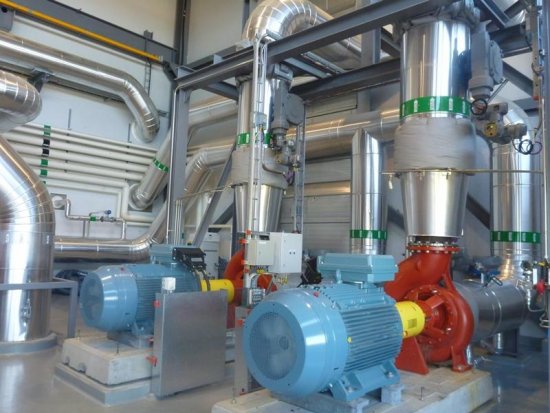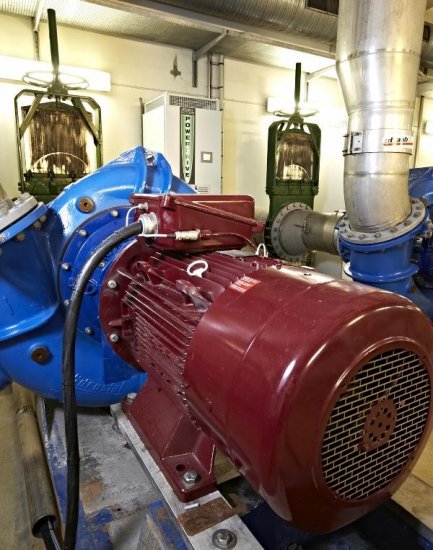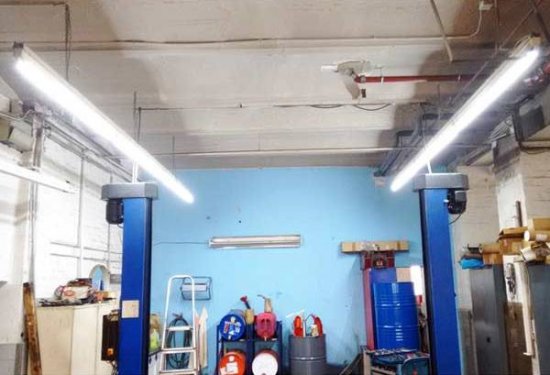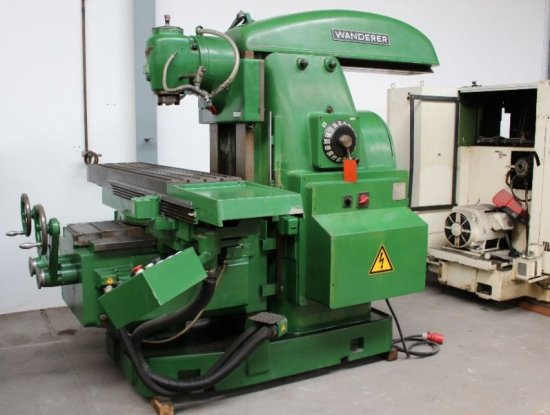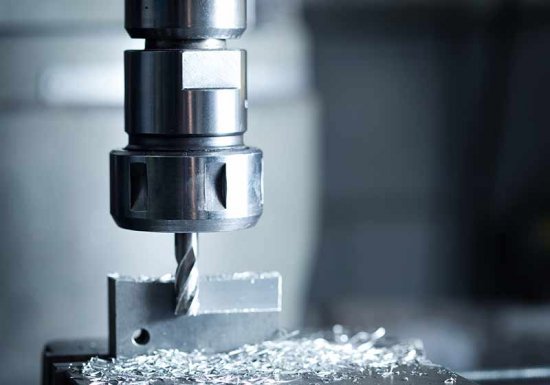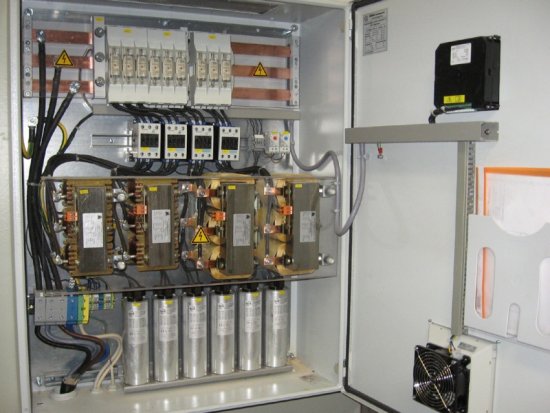Causes of power factor reduction and methods of improving it
Technical and economic value of power factor
The value of the power factor characterizes the degree of utilization of the active power of the power source. The higher power factor of electrical receivers, the better the power plant generators and their prime movers (turbines, etc.), substation transformers and power grids.
Low values of cos phi (cos phi) at the same values of active power lead to additional costs for the construction of more powerful stations, substations and networks, as well as to additional operating costs.
The true power of utility power users is constantly changing over time. This is due to the fact that the work of individual sections or workshops of enterprises does not coincide in time. In addition, some of the equipment may be operating at partial load or even in an idle state.The change in active and reactive power of electrical receivers leads to changes in cos phi.
Reasons for low power factor
The main consumers of reactive energy are asynchronous electric motors, transformers and induction furnaces, welding machines, gas discharge lamps, etc.
An induction motor operating with a load close to rated has the highest cos phi value. As the motor load decreases, the power factor decreases.
This is due to the fact that the active power at the terminals of the electric motor changes in proportion to its load, while the reactive power, due to a slight change in the magnetizing current, practically remains constant. At idle, cos phi has the smallest value, which, depending on the type of electric motor, power and rotation speed, is in the range 0.1 — 0.3.
Power transformers, such as induction motors, have a reduced load power factor of less than 75%.
Overloaded induction motors also have low cos phi due to increased magnetic leakage fluxes.
Motors with better cooling conditions than closed motors can carry more load (active power) and will therefore have a higher cos phi.
Squirrel cage rotor motors, due to the lower inductive leakage resistance values, have a higher cos phi than wound rotor motors.
The value of cos phi for machines of the same type will increase as the rated power and rotor speed increase, as this reduces the relative magnitude of the magnetizing current.
An increase in the voltage on the secondary side of the power transformers due to a decrease in load (for example, during night shifts and during the lunch break) leads to an increase in voltage compared to the nominal voltage of the terminals of operating electric motors. This in turn leads to an increase in the magnetizing current and reactive power of electric motors, resulting in a lower power factor.
The rotation of the rotor, which occurs as the bearings wear, so that the rotor does not touch the stator, causes an increase in the air gap between the stator and the rotor, which leads to an increase in the magnetizing current and a decrease in cos phi.
Reducing the number of wires in the stator slot during rewinding causes an increase in the magnetizing current and a decrease in the cos phi of the induction motor.
The use of gas discharge lamps (DRL and fluorescent) having inductive resistance (choke) in the circuit in the absence of compensating devices also reduces the power factor of electrical installations (see — How fluorescent lamp ballasts are arranged and work).
Power factor improvement techniques
It is necessary to increase the power factor of an electrical installation, first of all, through the correct and rational operation of electrical equipment, that is, in a natural way. The power of the electric motor must be selected in strict accordance with the power required for the drive mechanism, and already installed but lightly loaded electric motors must be replaced with electric motors of correspondingly lower power.
However, it should be taken into account that sometimes such a replacement can lead to an increase in active energy losses in the electric motor itself and in the network, if the efficiency of the newly installed electric motor turns out to be less than the previously installed one. Therefore, the feasibility of such a replacement must be verified by calculation.
In addition, it is necessary to check the backup electric motor according to the conditions of permissible heating and overload, and sometimes the acceleration time. As a rule, electric motors loaded with less than 40% are subject to replacement. When the load is more than 70%, replacement becomes unprofitable.
In all possible cases, a squirrel cage motor should be preferred over a phase rotor. It is necessary to abandon the use of closed electric motors if, due to environmental conditions, the use of electric motors in an open or protected design is allowed.
Electric motors that drive various machines and mechanisms do not operate at full load all the time. For example, when installing a new machining part on a machine, the electric motor sometimes idles with low cos phi. Therefore, it is recommended to disconnect the electric motor from the network for the idle time with a duration of the interaction period of 10 seconds or more (this requirement is also mandatory to save active electricity).
The interaction period is the time spent to retract the tool to its original position, remove the machined part from the machine, install a new part on the machine, and bring the tool to the working position.On machines and mechanisms in which periods of operation alternate with periods of interoperability, it is recommended to install automatic idle limiters.
It is also recommended to replace or temporarily disconnect transformers loaded on average less than 30% of their rated power.
Quality repair of an asynchronous electric motor significantly affects the increase in the value of cos phi. A well-repaired engine should have a nameplate. You must carefully monitor the size of the air gap between the stator and the rotor, do not allow deviations from the norm, put the number of active wires in the grooves according to the calculation. Reconditioned motors should be thoroughly tested, including checking the no-load current.
In some cases, measures to improve the natural power factor do not allow increasing cos phi to 0.92 — 0.95 according to the conditions of the technological process. In such electrical installations, artificial methods are used to compensate for reactive power — increasing the power factor by using special compensating devices.
Such devices include: static capacitors, synchronous compensators and overexcited synchronous motors. However, synchronous electric motors and compensators manufactured at high power are rare in factories. The most widely used to increase the power factor are static capacitors.
With a suitable selection of the capacitance of the capacitors, it is possible to bring the phase angle between the voltage and the current to any required value.The current reduction in the supply network is achieved due to the reactive component, which is compensated by the capacitive current of the capacitor bank.

